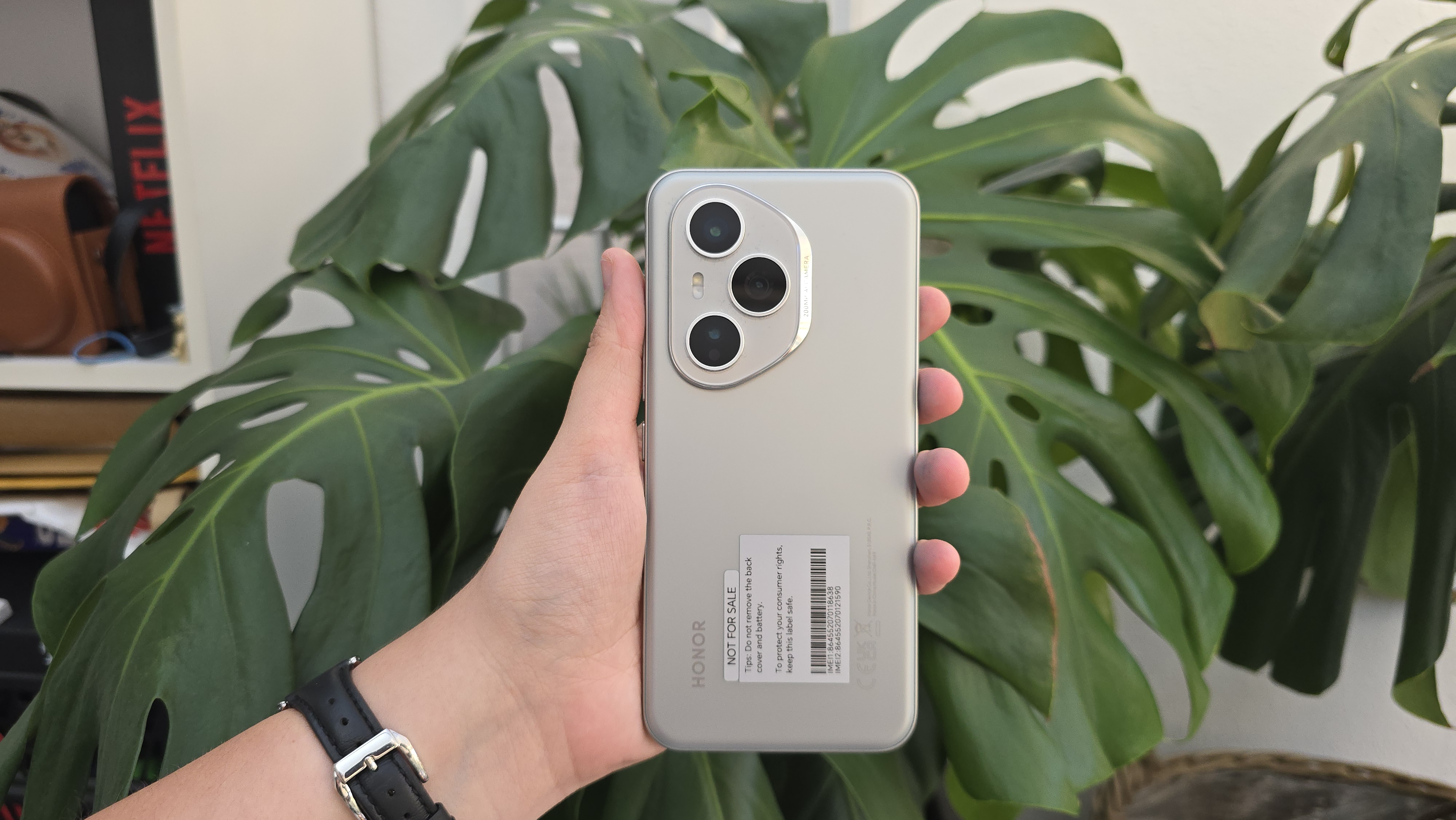7 top tips for starting your own business
Design pros share their business pearls of wisdom.
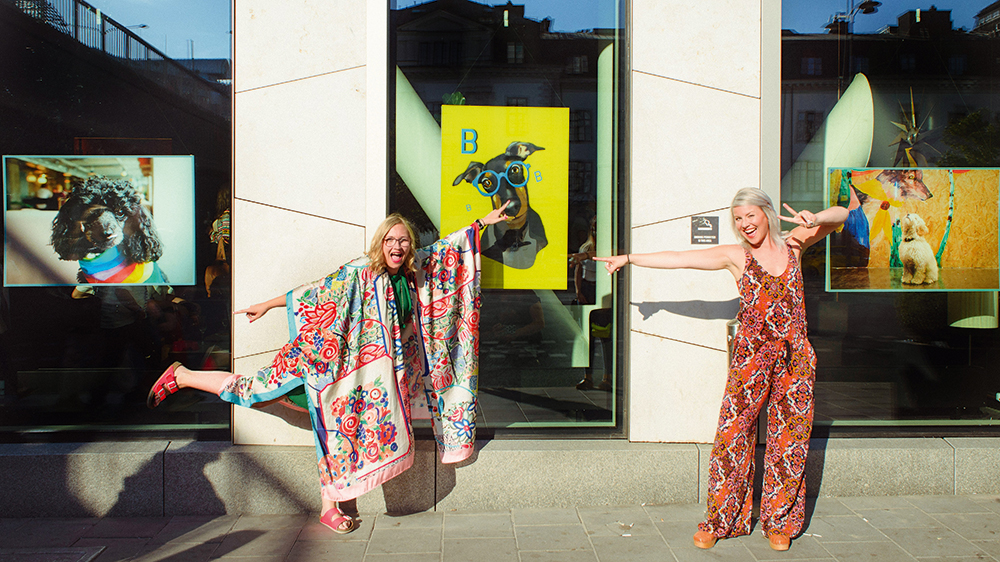
If you feel it's time to start something new, you'll want to be prepared. Whether you've been freelancing and want something more concrete or you've been working in-house and want to try out something else, any new business venture comes with pitfalls.
How do you know when the time is right? Should you jump in feet first or plan carefully? If you’ve been wondering how you can take your freelance career to the next level, the good news is you’re not alone. We have spoken to design professionals on the ground who have found success in starting their own businesses, and streamlined their wisdom into seven great tips to alleviate your concern and set you on the path to becoming the boss of your brand new business.
If it's time to give your portfolio a little TLC, head over to our awesome portfolio examples post that is guaranteed to jump start you into action. Or check out these freelance finance tips.
01. Jump in, but be prepared
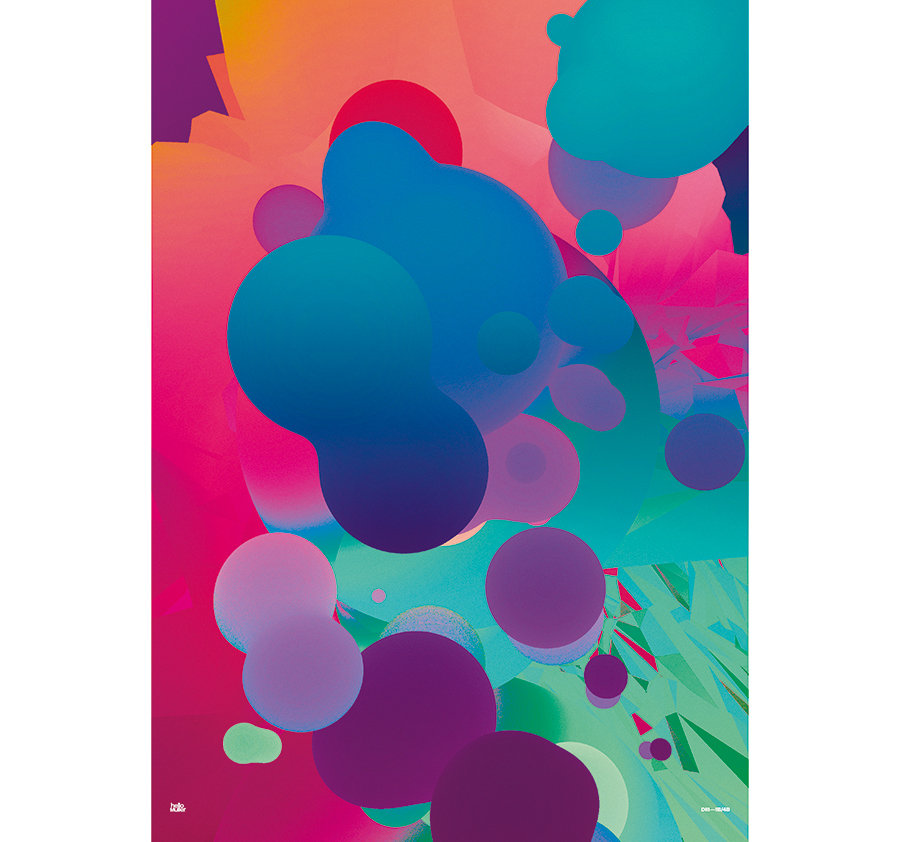
Take the pressure off yourself financially, the stress of running out of money is definitely not the way you want to start your new dream. “Make sure you have enough money in the bank for at least three to six months,” says Tom Muller, founder of design studio helloMuller, “and have at least one client you’re already working with. It takes time to really get rolling as a business.”
Designer Luke Tonge agrees that the key is in the preparation: “Save hard when the money is good – have a rainy day fund bank account that you can tap into when necessary – and keep a good pipeline of work so there’s always an iron or two in the fire."
02. Improve your cashflow
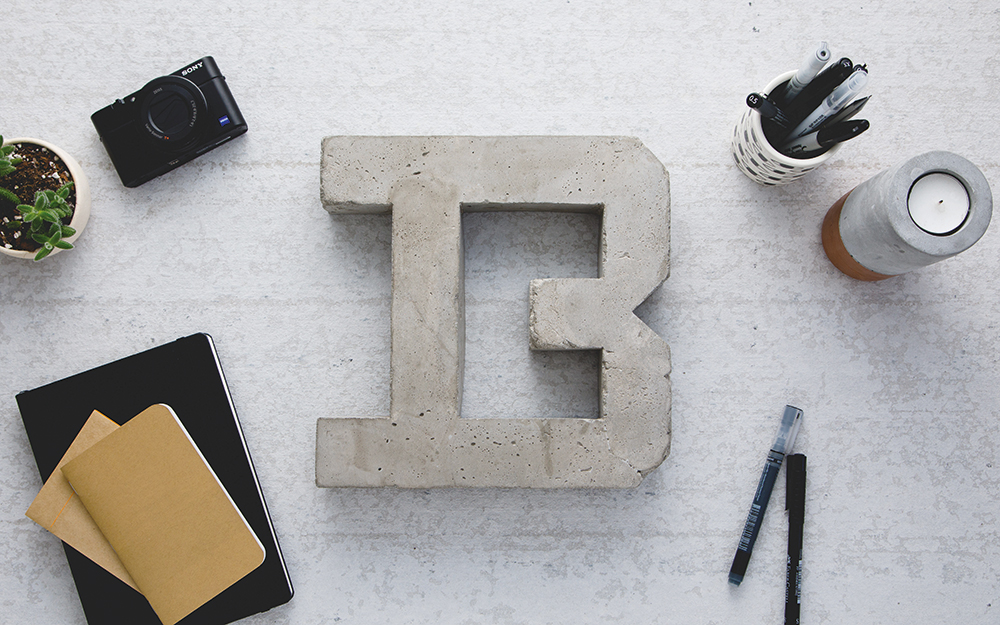
Be savvy about your payment structure to avoid any sticky situations. “Charge 50 per cent of your project fee up front, or bill in stages rather than waiting to invoice everything at the end,” recommends, Common Curiosity's Paul Felton. “Get a good accountant on board from day one.”
Decide how best to bill for your time, too. Whether by the hour, the day, or project-to-project, it has to work for you, says content strategist Sarah Seaton.
Get the Creative Bloq Newsletter
Daily design news, reviews, how-tos and more, as picked by the editors.
03. Keep overheads low

Surviving the first few months takes commitment and being strict on your outgoings. Forget expensive equipment and a new office – Seaton says that you don't need as much as you think. “Start with the basics, Adobe subscriptions, a laptop with good RAM, a decent accounting software and go from there. Keep your costs as low as possible.”
04. Invest in the right tools
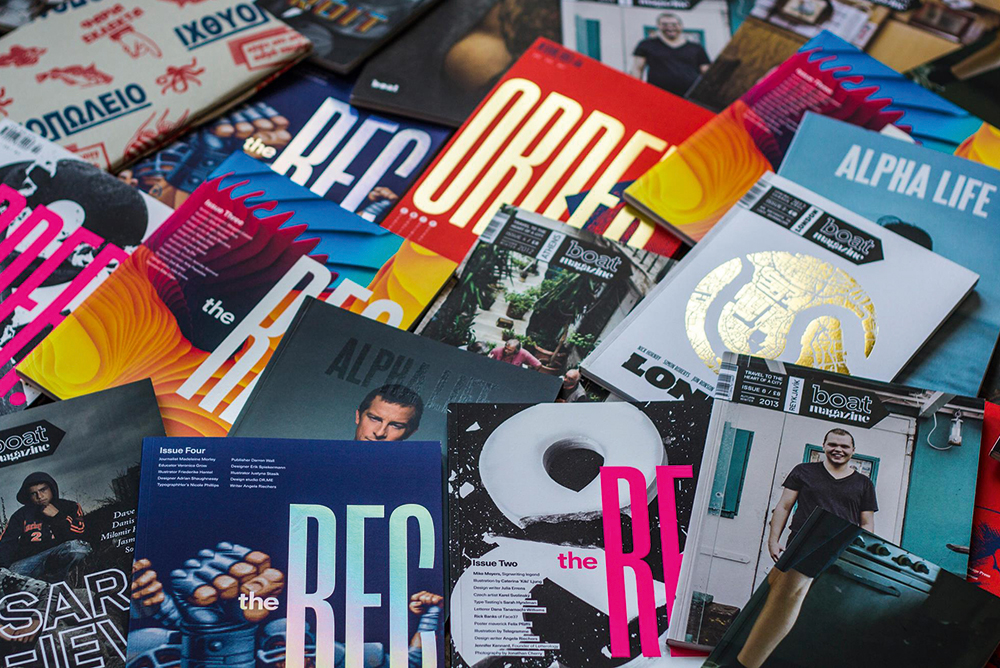
But for the tech you do need, make sure you consider your options and maximize your investments by taking care of what you have. Tonge reinforces, “a good back-up system is a must, and tools like Dropbox or Google drive become invaluable. Keeping your tech in good working order. CleanMyMac is a must.”
05. Try everything
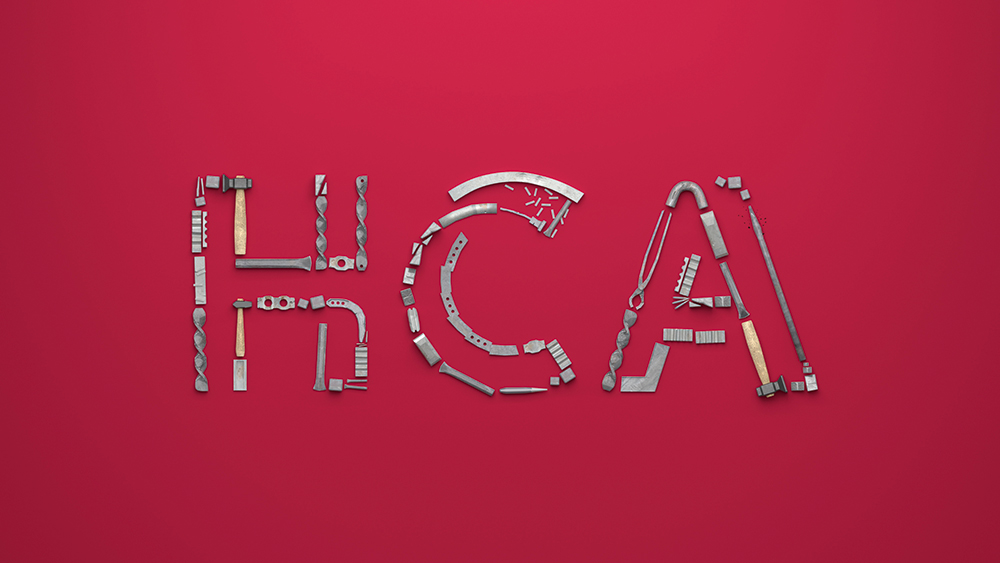
Fiasco Design’s Ben Steers wants everyone to push their limit. “Find out what you’re made of”, he says, “and after a few years you’ll start to understand who you are as a studio and the type of work or clients you should be saying yes to.”
This is a philosophy that has proved successful for Fiasco Design. “When we started the agency we didn’t start out with any predefined idea of what we wanted to be or how we wanted to grow. There was no five-year business plan, no company road map, no grand vision. Any dreams or ideas we did have for the business you could have fit onto a post-it note.”
At the time, the UK economy was in a state of shock and the job market was flat. “Getting things off the ground and turning the business into something that paid us a full-time wage wasn’t easy and took a good year or so to do,” explains Steers. “The only way we managed to do this was by saying yes to everything and then worrying about the rest later.”
06. Find good people
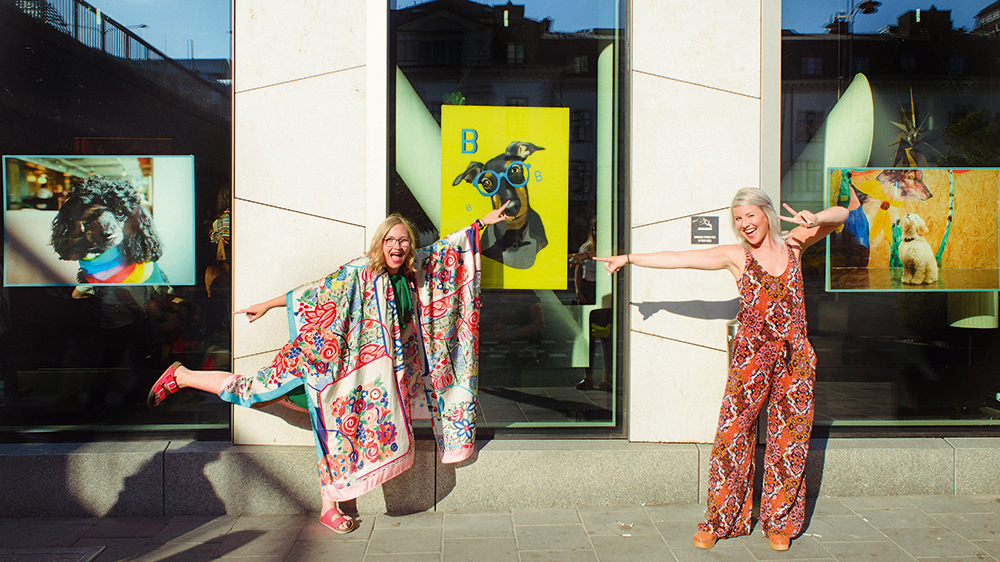
Steers’ business partner, Jason Smith, says to surround yourself with people you can trust. “Running a business can be stressful and overwhelming, and having someone to talk to is priceless.”
“Find your champions,” advises Swedish designer Jenny Theolin. “When I started, I had made many friends who were also business owners. They shared everything from contract templates to new business advice. Moving country four and a half years ago, I had to start this all over again. So be prepared for this process being never-ending.”
07. Build your values
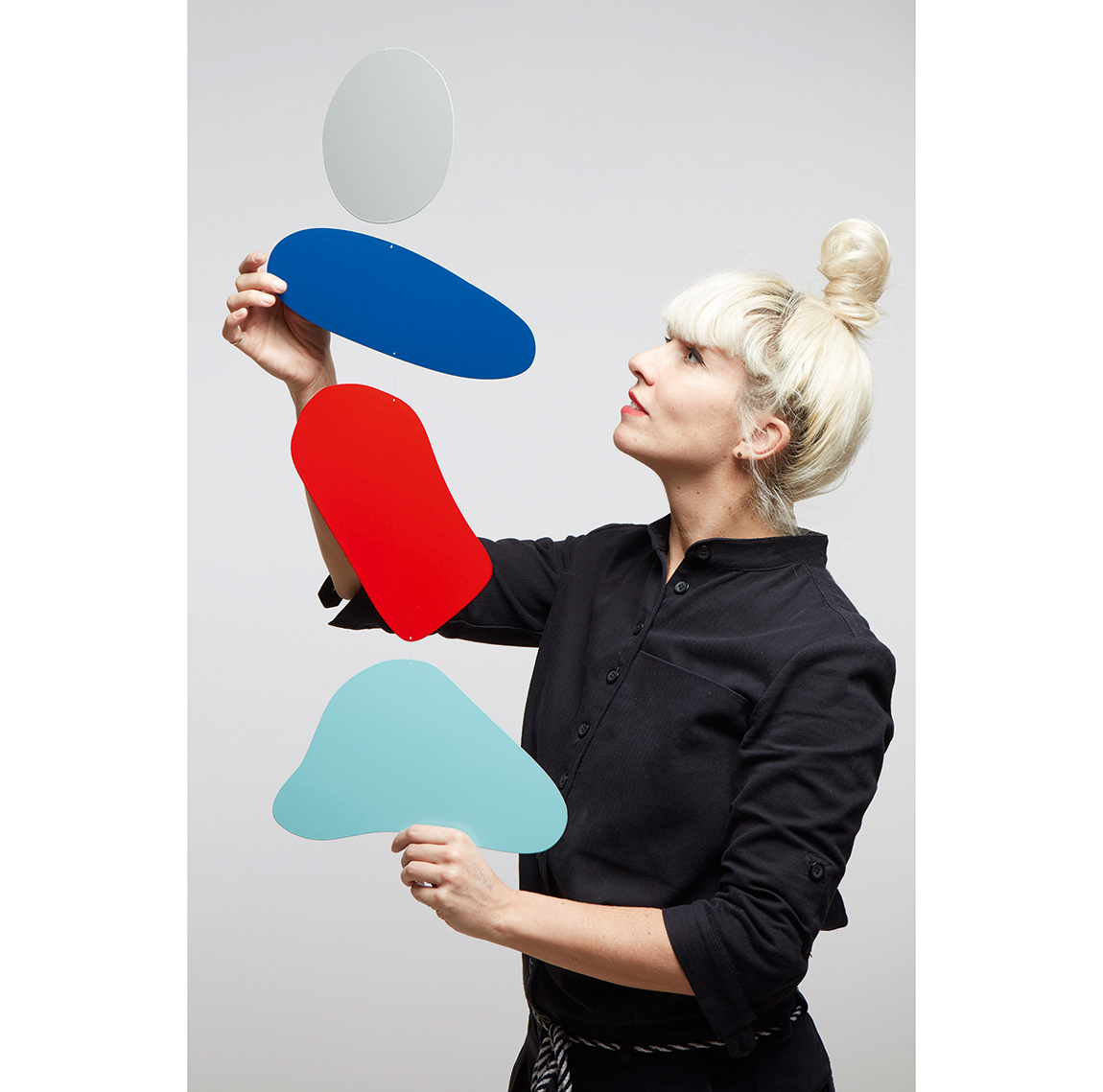
“I try to operate with honesty, integrity, empathy and kindness. Focusing on the less ‘business-y’ attributes has ironically been good for business,” says Tonge.
“Don’t say yes to assignments you really don’t think fit you,” advises Dutch illustrator and graphic designer Sue Doeksen. It can be better to be selective and hold out for assignments that suit better, “otherwise you’ll end up producing work you don’t feel happy with.”
Steers and Smith built a business and a culture based on trust and honesty and their ambition was simple: to dedicate themselves to work they enjoyed, that they were genuinely passionate about. Smith adds: “The assumption was always that if we did good work, the rest would follow. That’s kind of how it’s worked out.”
Related articles:

Thank you for reading 5 articles this month* Join now for unlimited access
Enjoy your first month for just £1 / $1 / €1
*Read 5 free articles per month without a subscription

Join now for unlimited access
Try first month for just £1 / $1 / €1
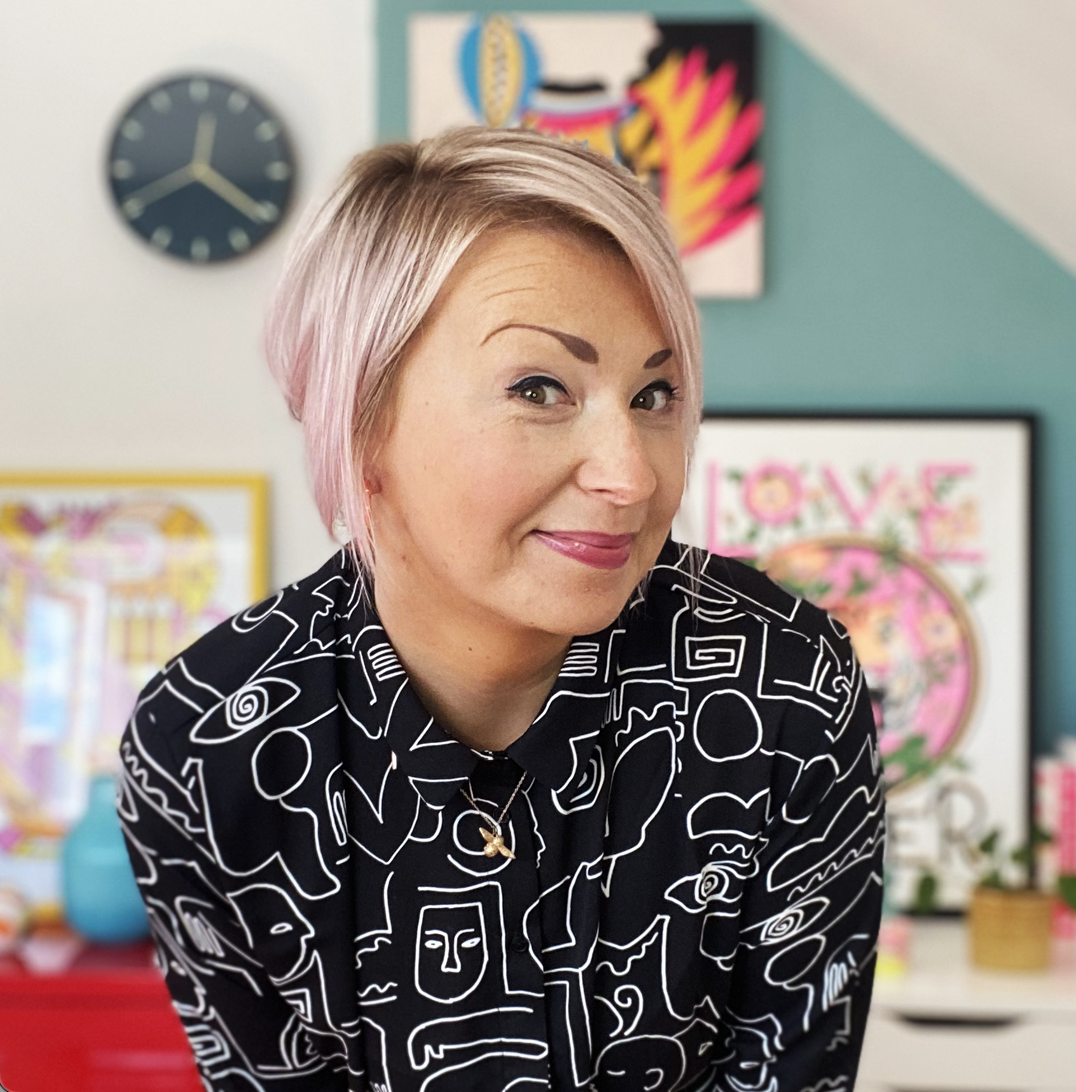
Lisa Hassell is a creative coach and the founder of Inkygoodness – a global community on a mission to connect, inspire, and empower the next generation of artists, illustrators and creative entrepreneurs.
